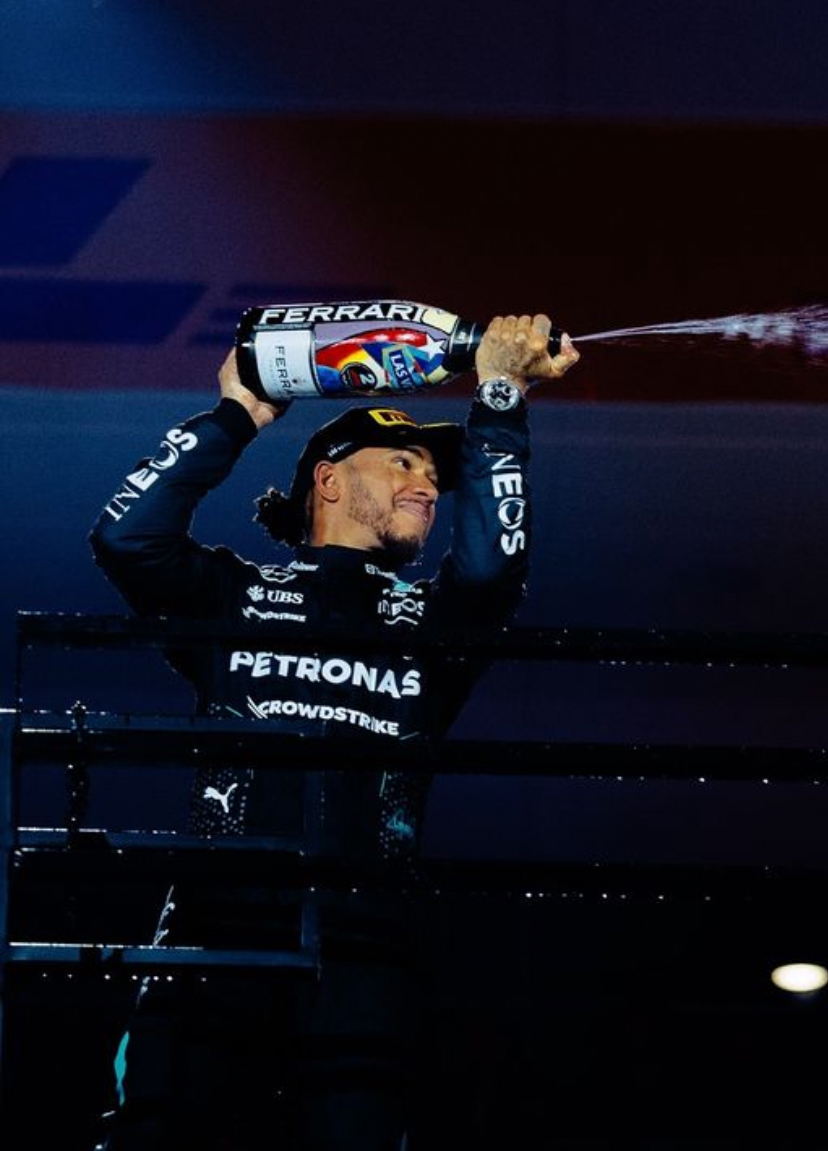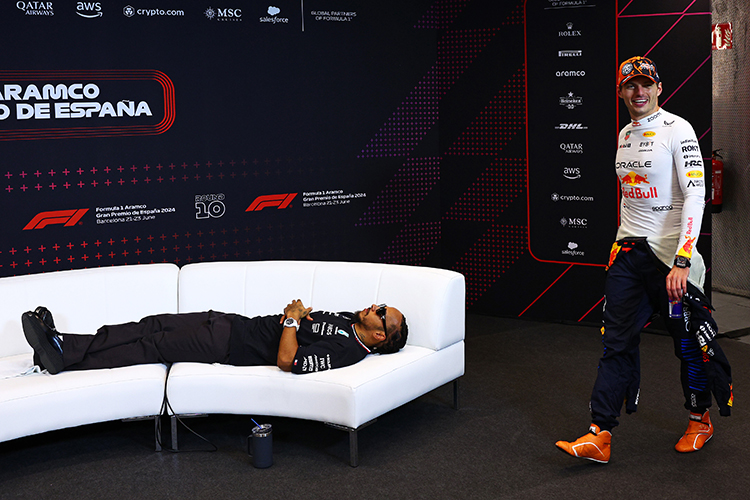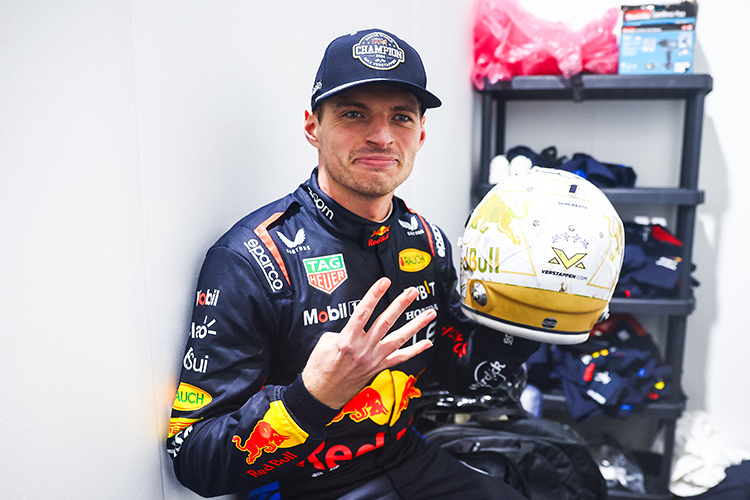Understanding Key Terminology in Formula 1: The Language of Speed

Formula 1 World Champions: A legacy of racing legends
Important Terminology in F1
Master essential Formula 1 terminology with this comprehensive guide. Learn about F1 race terms, car technology, strategy, and more to enhance your viewing experience.
Formula 1’s unique terminology reflects the intricate mix of technology, strategy, and competition. This guide breaks down the essential terms every F1 fan needs to know, making each race more engaging and every strategy clearer.
Race-Related Terms
Pole Position: The front spot on the grid, secured by the fastest driver in the final qualifying session (Q3).
Grid: The starting arrangement of cars, determined by qualifying results.
Formation Lap: A single lap before the race, allowing drivers to warm up tires and brakes.
Lights Out: The moment when the starting lights go off, signaling the race's start.
Checkered Flag: The black-and-white flag waved to indicate the end of the race.
Car and Performance Terms
Downforce: Aerodynamic force that pushes the car onto the track, enhancing grip and stability.
DRS (Drag Reduction System): A system that reduces aerodynamic drag by opening a flap on the rear wing, boosting speed in designated zones.
Power Unit (PU): Modern hybrid F1 engines combining an internal combustion engine with energy recovery systems.
ERS (Energy Recovery System): Technology that captures energy from braking and heat to provide extra power.
Pit Lane Limiter: A system that caps car speed in the pit lane to ensure safety.
Tire and Track Terms
Compound: The rubber type used in tires, ranging from soft (more grip) to hard (more durable).
Undercut: A strategy where a driver pits early to gain an advantage with fresher tires.
Overcut: A strategy where a driver stays out longer to build an advantage on worn tires.
Track Limits: Defined boundaries of the track, marked by white lines. Exceeding these can result in penalties.
Strategy and Pit Stop Terms
Pit Stop: A brief race stop where teams change tires or make minor repairs, often completed in 2-3 seconds.
One-Stop, Two-Stop, etc.: Strategies based on the number of planned pit stops, influenced by tire wear and race conditions.
Safety Car: A vehicle deployed to slow the field during hazardous conditions.
Virtual Safety Car (VSC): A system requiring drivers to reduce speed without deploying a physical safety car.
Qualifying and Scoring Terms
Knockout Qualifying: A three-stage system (Q1, Q2, Q3) that eliminates slower drivers in each round.
Fastest Lap: The quickest lap during a race. Drivers in the top 10 earn an extra point for achieving it.
Constructors’ Championship: Awarded to the team with the most points from both drivers over the season.
Miscellaneous F1 Terms
Dirty Air: Turbulent air from a leading car that disrupts the aerodynamics of following cars.
Slipstream: A pocket of reduced air pressure behind a car that helps following drivers overtake by reducing drag.
Parc Fermé: A secure area where cars are held after qualifying and races to ensure fair compliance with regulations.
Stewards: Officials who oversee race conduct, investigate incidents, and issue penalties when necessary.
Conclusion
Understanding Formula 1’s terminology unlocks a deeper appreciation for the sport. From the precision of pit stops to the drama of championship battles, every term represents a vital piece of the puzzle that makes F1 the pinnacle of motorsport. With this glossary, fans can fully immerse themselves in the action, appreciating the strategy and excitement that define Formula 1.
Up Next


